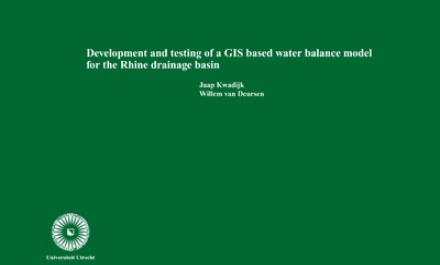Table of contents
Table of contents
| Vorwort / Foreword (German and French) | |
| Abstract | |
1 |
Introduction |
| 1.1 | Hydrological setting of the Rhine basin |
| 1.2 | Current knowledge of impact of climate change on ater resources |
| 1.3 | Current knowledge about the impact of climate change on the River Rhine |
| 1.4 | Objective |
2 |
Model concept |
| 2.1 | General |
| 2.2 | Model concept of the RHINEFLOW model |
3 |
Modelling flow types between the water balance compartments |
| 3.1 | Snow cover storage and snow-melt |
| 3.2 | Evapotranspiration and water storage in upper soil layers |
| 3.3 | Water storage in deep groundwater and delayed runoff |
4 |
Input data |
| 4.1 | Input variables and parameters for the model |
| 4.2 | Calibration and validation time series |
| 4.3 | Considerations for the use of the 3x3 kilometres grid size |
5 |
Implementation of the GIS data base into the water balance model using the watershed tools |
6 |
Calibration and validation of the model |
| 6.1 | Discharge representation |
| 6.2 | Validation of the evapotranspiration calculations |
| 6.3 | Validation of the snow cover and snow storage calculations |
| 6.4 | Sensitivity of the separation and recession coefficients |
7 |
Sensitivity analysis of the discharge at the downstream (Dutch) part of the River Rhine |
| 7.1 | Calculation of discharge scenarios |
| 7.2 | Results |
8 |
Conclusions and discussion |
| 8.1 | Model performance and application |
| 8.2 | Model restrictions |
| 8.3 | Recommendations |
References |
|
Appendix: The calculation of the total water balance |
|
Publications of the CHR |
|
Some information on the CHR (German, French, Dutch and English |
Sponsored reports
